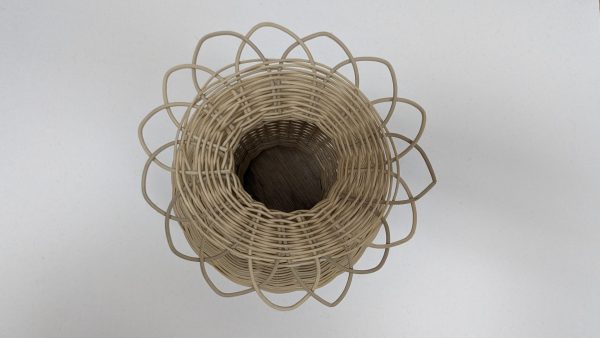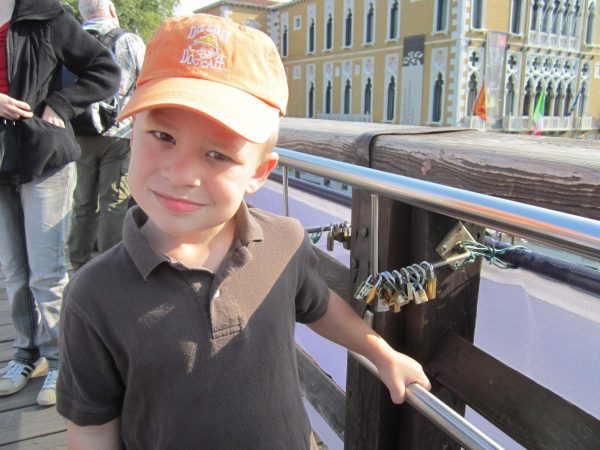Mardi Gras in Latin America
Mardi Gras is very important in many Latin countries, a tradition central to communities

Luis Tamayo / CC BY-SA (https://creativecommons.org/licenses/by-sa/2.0)
To help celebrate Carnival, parade floats are used during street parades. People will often decorate these floats with bright colors, beads, feathers, and designs. Lights are seen illuminated on the float to light up the event at night.
Have you ever been to Mardi Gras? Held only once a year, it is an event that involves thousands of people, most famously in New Orleans, Louisiana. As magical as Mardi Gras is, many do not know the true significance it has.
In many countries like Brazil, Denmark, Trinidad and Tobago, Belgium, Italy, Spain, and Bolivia, Mardi Gras is also known as Carnival: a four-day celebration that occurs before the liturgical season of lent, which is traditionally a time of austerity and even fasting. The tradition of Carnival has Roman Catholic roots, and as brought to the Americas by Spanish explorers and colonists. Usually celebrated in areas with a large Catholic population, the dates of Carnival change every year, going from Saturday to Fat Tuesday or “Mardi Gras”. The date of Carnival this year will be from March 1st-4th. It is the first spring festival of the new year and symbolizes the change from winter to summer.

This celebration includes many different aspects and activities. There are often parades, public street parties, and other entertainment. Enthusiastic people can be seen attending these events in costumes with bright colors, and masks with exaggerated features. The costumes are worn to help people set aside their individuality and experience social unity. Dressing in costumes or masks also helps people who attend not worry about anything other than enjoying the festivities. They also express social satire, an enable attendees to engage in an anonymous questioning of social norms. Many songs played express forms of satire, calling out different social groups and formalities.

During Carnival, people indulge in foods such as meat, alcohol, and many animal products, which they cannot have during lent. Deserts such as pancakes and donuts are also consumed during this time. Carnival is known as the most noisy and energetic festival throughout the year. Loud music and crowds of people can be heard.
There are some variations in how Carnival is celebrated, from country to country. El Callao Carnival is the name for Carnival celebrated in Venezuela. It incorporates traditions from Trinidad, the West Indies, Venezuela itself, and the French Antilles. Two costume styles used are called the Madamas and the Devils. The devils will wear red and black costumes while the Madamas will wear traditional African headscarves and robes. There are also more modern masks such as Snow White and Superman. Costumes in Brazil can be seen with brighter colors and more intense designs.
Carnival draws communities together in shared celebration, and is the one time a year people can express themselves fully. It is a popular festival which helps unite communities, a beautiful and meaningful even celebrated throughout the world.



